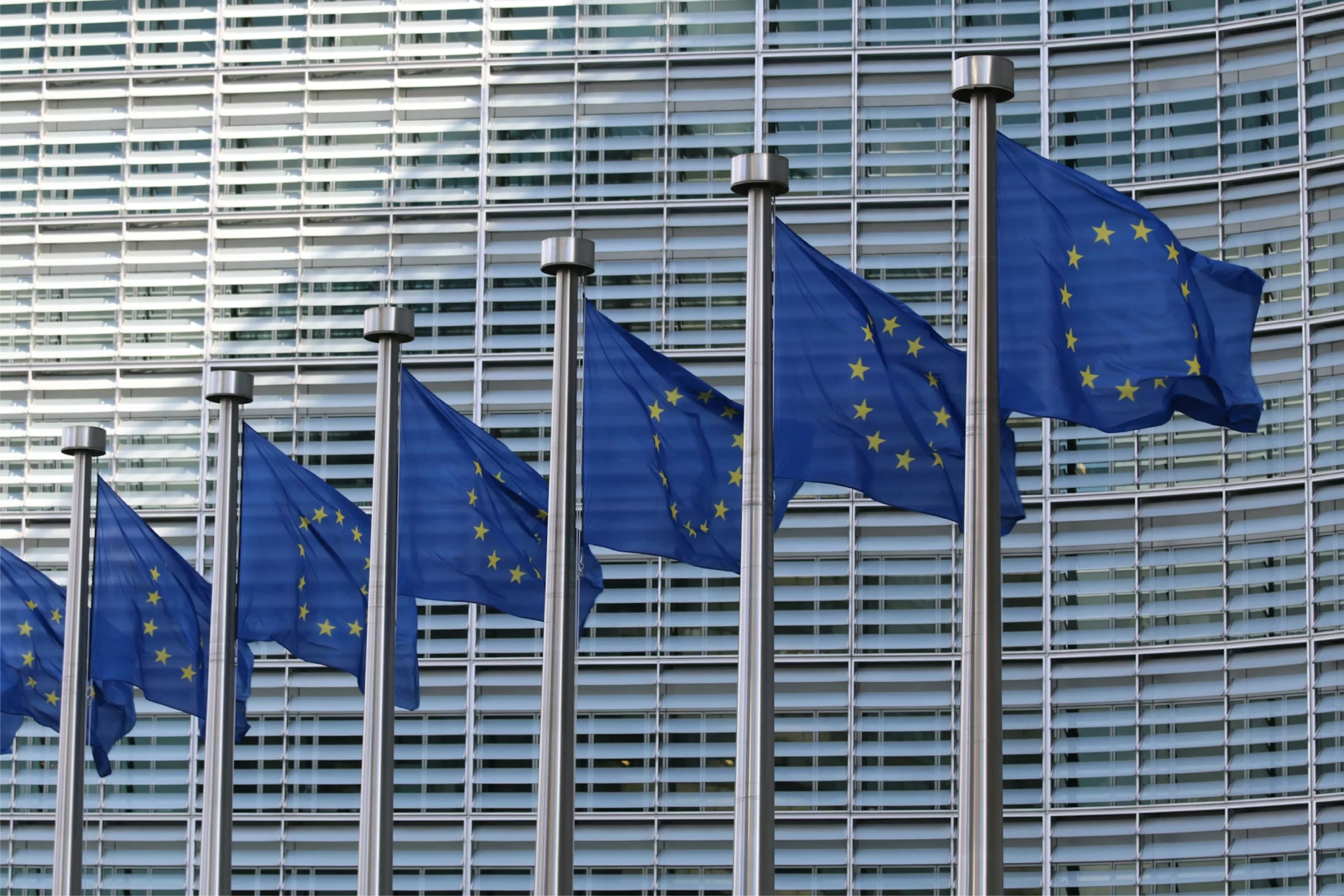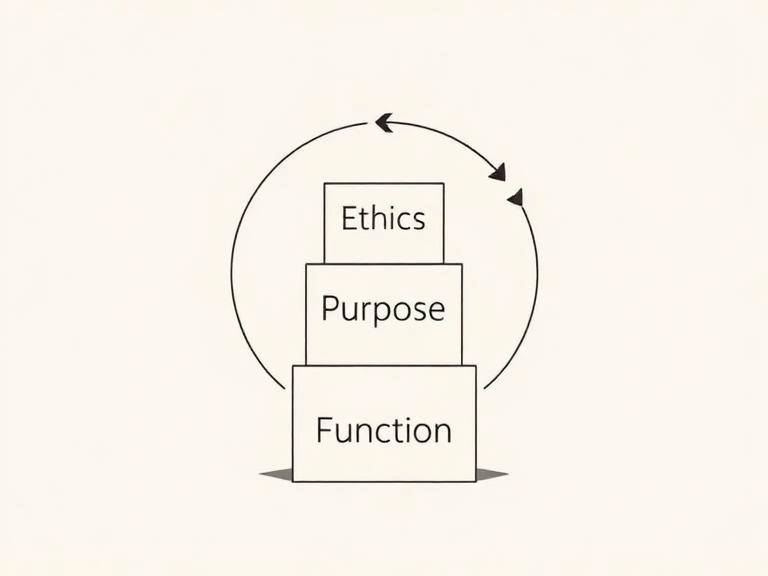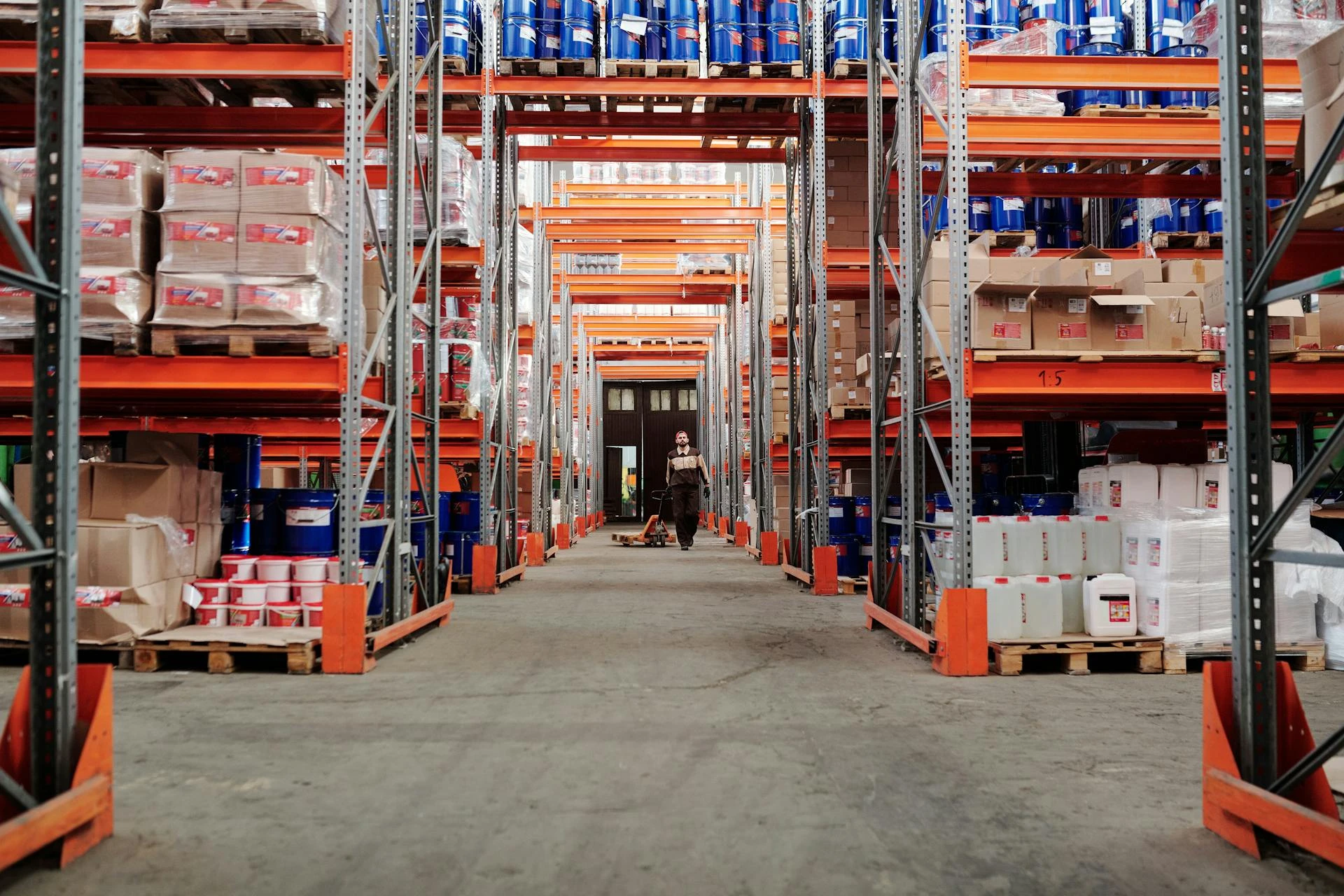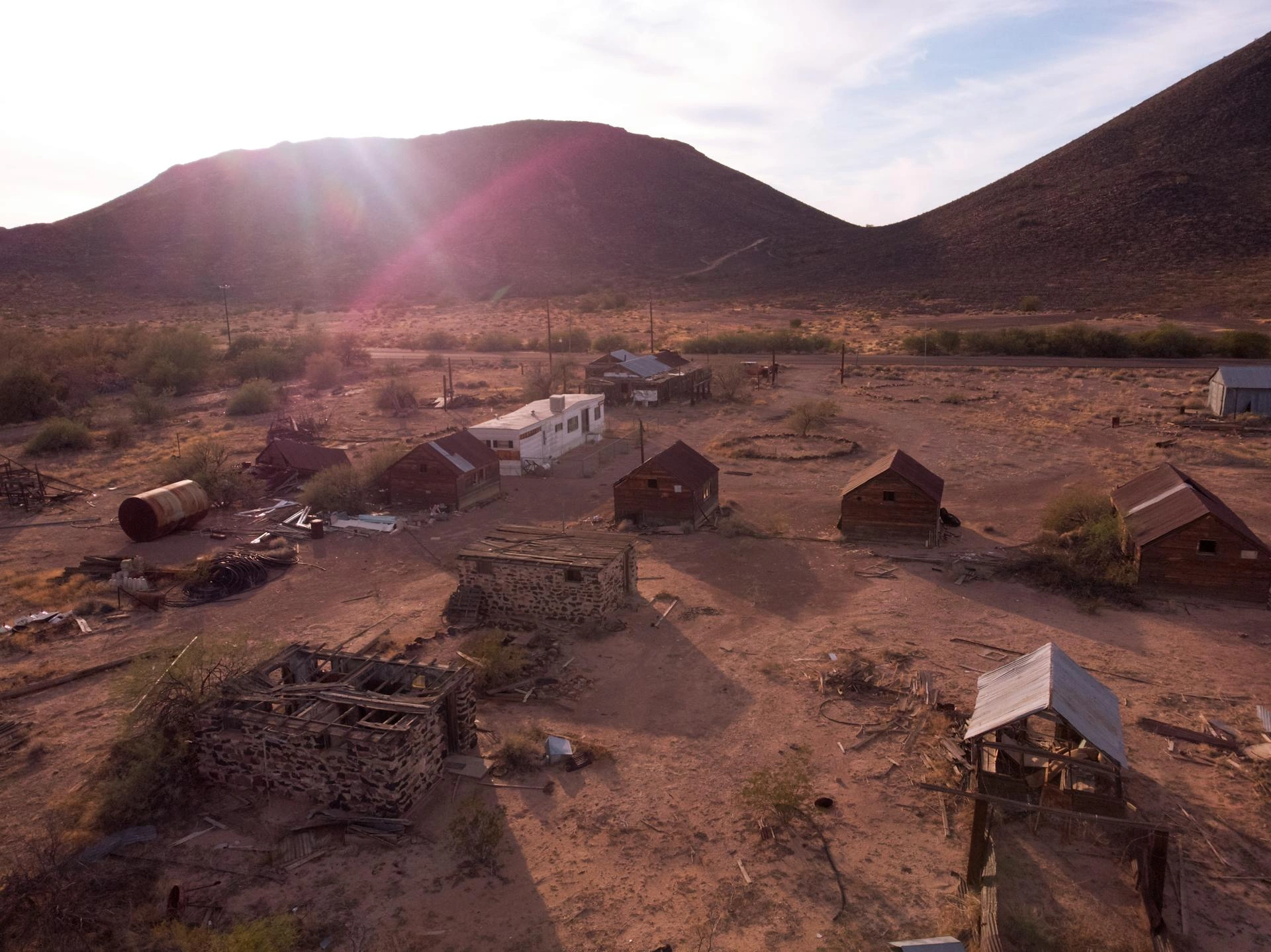Why 2025’s UK insect boom is good news for us all

Professor Tim Coulson
- Published
- Opinion & Analysis
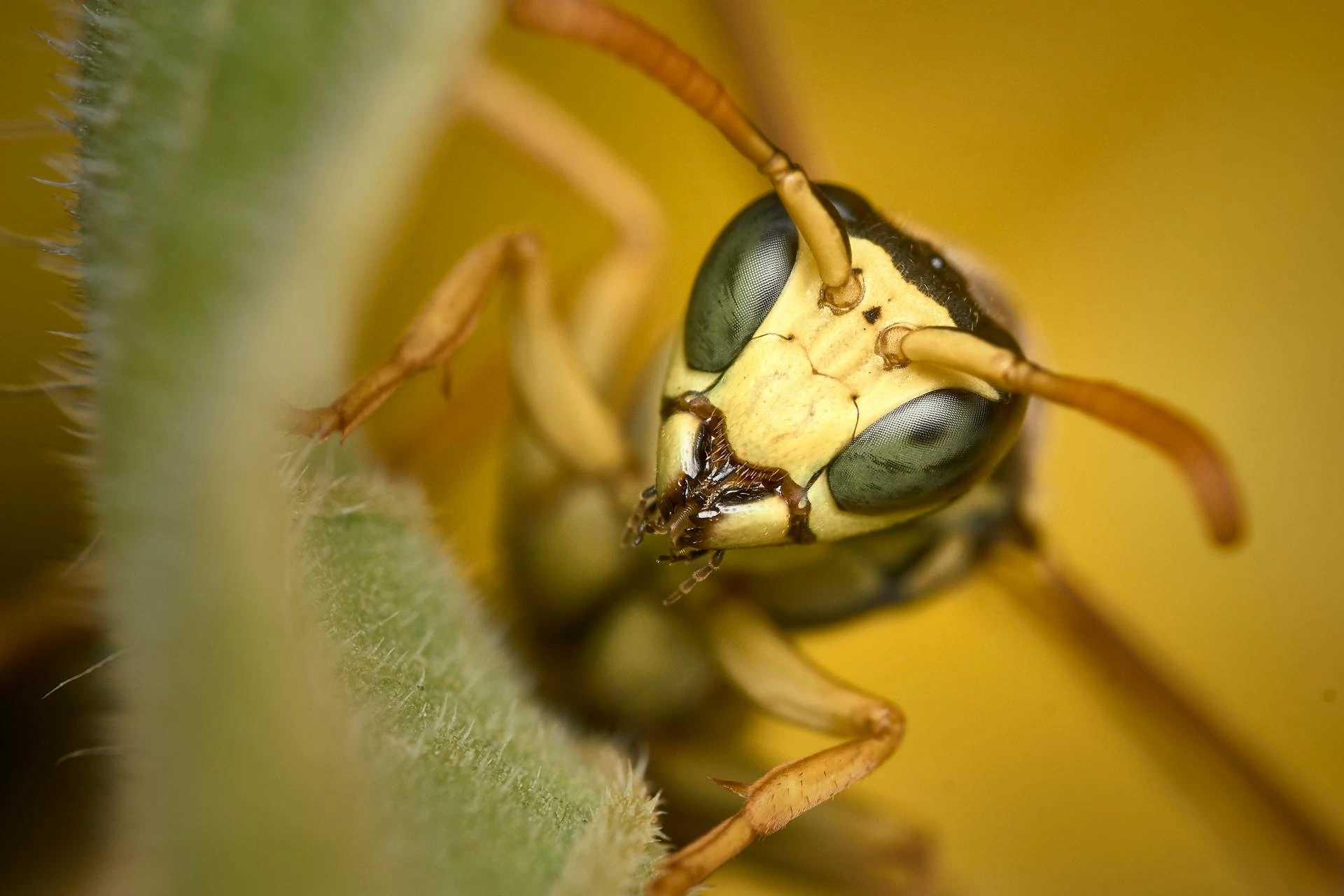
After years of gloomy headlines about insect decline, 2025 has brought swarms of ladybirds, clouds of butterflies and a boom in wasps. Professor Tim Coulson, our Science and Environment correspondent, explains why this insect bonanza matters…and why we should welcome it
Insects have made the news this summer. Swarms of ladybirds caught the public’s attention in early July, there have been numerous reports of butterflies in abundance, and a bumper wasp season is just getting underway. I have heard people moaning about this, but they should be celebrating. We need more years like 2025.
I am delighted by the increase in insect numbers this year. The only insect that has annoyed me is the cabbage white butterfly that managed to get inside the netting I had put up to protect my broccoli and cabbage plants from the pest. I caught it and let it go, but I imagine it had already laid its eggs, and it won’t be long before the caterpillars hatch and start munching on my plants — one of the hazards of gardening.
On the plus side, I have wasps and ladybirds to thank for eating many of the insect pests that attacked my tomatoes, greens, carrots and chillies. It has not been easy gardening this year, but we have managed to get a few good crops, and predatory insects have helped no end. I am hopeful that wasps will kill most of the cabbage white caterpillars that hatch.
Many insect species have done well this year because we had a warm spring. Insects are cold-blooded, and the rate at which they develop from eggs, often through larval stages, into adults is determined by the weather. The time from hatching to adulthood is faster in warmer weather and slower when it is cold. When we experience warm springs, several cohorts of eggs can quickly develop into adults, and insect numbers can soar.
It is not just the weather, though. Insects also need food. Species such as ladybirds and wasps are predators, and predator numbers can only increase when there is sufficient prey, such as greenfly or caterpillars, for them to feed on. The weather this spring meant that herbivorous aphids — the favoured food of ladybirds — and other insects that wasps prey upon were able to rapidly increase in numbers. The ladybirds and wasps were able to make the most of this bonanza, with their numbers rising a few weeks behind the boom in their prey. Warm weather and plenty of food have made 2025 a year to remember for ladybirds and wasps.
Most of us do not notice wasps until about this time of year. Speaking to the Science of the Times podcast, wasp expert Seirian Sumner explained: “Adult wasps feed the brood with prey they capture, and in return the brood reward the adults, which are vegetarians, with a sugary solution they produce that the wasps lick off their backs.” The University College London professor explained that once the brood has developed, the sugar treats dry up for the adult wasps, and that is when they get attracted to the drinks we might sip in the late afternoon after a day at work. “The wasps are not interested in us, just in what we are drinking, and they usually only sting if provoked or feel threatened.”
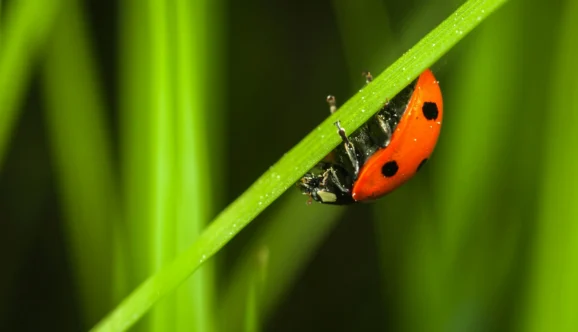
Most of the insect news I have read in recent years has been depressing, so it is pleasing to read reports of them having a good year. Insect numbers naturally fluctuate from year to year, largely driven by the weather. However, the long-term trend reveals that insects have, on average, declined over the last 50 years, perhaps by as much as 50%. There are several reasons for this, including the way we manage our land, pesticides, and possibly climate change.
Politicians from both the left and the right have woken up to this concerning trend. In response, highly effective insect-killing pesticides, such as neonicotinoids, were banned for outdoor use in the EU in 2018. Letting grass grow for longer before it is cut, as now frequently happens in the UK, lowering livestock stocking densities, and leaving wood to rot to provide a home for insects have also helped insect numbers. More people are planting insect-friendly plants in their gardens, while creating habitats for other species by leaving leaves or wood to rot, or allowing part of the garden to grow a little overgrown and wild. Hopefully, this year has taught many of us that it is not so difficult to live with abundant insects.
It is too soon to know how well the insect-saving policies in place in the UK and Europe are working. We will need a few more years of data before we can make a statement about whether insects have recovered or not. The large number of insects we have seen in 2025 is promising, but one year does not mean recovery. I am hopeful that we are at a point where insects have started to bounce back and that we will see more years like this. If we do not, we will need to come up with other ways to protect them. What I do hope is that people have realised how little threat most insects are to us. A swarm of ladybirds is only mildly annoying, and most of us will not have been stung by wasps this year. Given the vital roles insects play in ecosystems — particularly those that are predators — we should learn to tolerate any minor inconvenience they cause.
Of course, some insects do spread disease. Blood-feeding mosquitoes and flies are the major culprits, but most serious diseases are not an issue in Europe and the UK. The recent development of malaria vaccines, and effective targeting of the species that spread disease, point to the number of disease cases dropping elsewhere in the world. We no longer need to spread unselective insecticides across fields and in our homes to keep at bay those insects that can cause harm.
On the other side of the equation are insects that do good. Many insects, including numerous species of beetle, wasp and fly, are critical pollinators. It is not just bees that provide this service. Wasps, ladybirds and countless other species are also predators, feeding on herbivorous insects that are often pests of crops and garden plants. Just think of greenfly and other species of aphid that can decimate crops in a matter of days if left unchecked. Although estimating exactly how many insects are killed by the 9,000 or so wasp species that live in the UK is difficult, it is likely to be many thousands in each hectare of land, according to Sumner. “If wasps were to go extinct, many insect pest species would boom,” she says. “We should cherish our wasps as much as we do our bees.” As Sumner points out in her recent book Endless Forms: The Secret World of Wasps, they are a key component of nature. We tend to overlook them, but like all insect predators they play a role that benefits us. They keep other insect species’ numbers down.
So, next time you see a wasp, or a ladybird, or even a spider, instead of getting into a flap, remember what an important role they play in nature, and that they need our help. Do not bother them, and they will do you no harm. Instead, why not set aside a corner of your garden to give them a helping hand? Plant some crocuses and snowdrops, foxglove and lavender, and ivy and toadflax, and let your grass grow long, only cutting it once or twice a year. Let a log or two rot in a corner or install a bee hotel. And then buy yourself an insect guide and learn to love the diversity that you will start to notice.
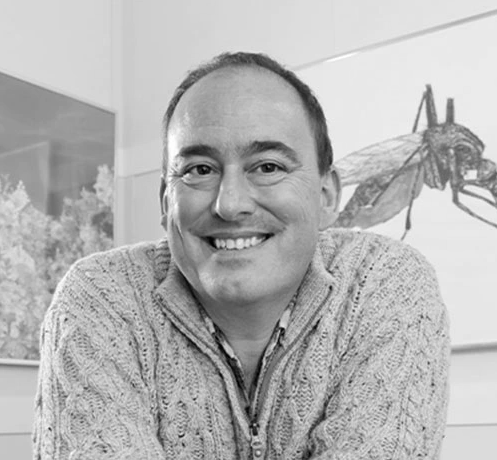
Professor Tim Coulson is a biologist at the University of Oxford, where he has led both the Zoology and Biology departments. He was previously Professor of Population Biology at Imperial College London and held positions at Cambridge University and the Institute of Zoology, London. A highly decorated scientist with awards from major institutions including the Royal Society, he has edited leading journals and served on government advisory boards. His first book for general readers, A Little History of Everything (Penguin Michael Joseph), traces the 13.8-billion-year story from the Big Bang to human consciousness and is available to buy on Amazon. He is also co-host of the popular science podcast Science of the Times.
Main photo: Berthold Grünhagen/Pexels
Sign up to The European Newsletter
RECENT ARTICLES
-
 Why Greece’s recovery depends on deeper EU economic integration
Why Greece’s recovery depends on deeper EU economic integration -
 Why social media bans won’t save our kids
Why social media bans won’t save our kids -
 This one digital glitch is pushing disabled people to breaking point
This one digital glitch is pushing disabled people to breaking point -
 Japan’s heavy metal-loving Prime Minister is redefining what power looks like
Japan’s heavy metal-loving Prime Minister is redefining what power looks like -
 Why every system fails without a moral baseline
Why every system fails without a moral baseline -
 The many lives of Professor Michael Atar
The many lives of Professor Michael Atar -
 Britain is finally having its nuclear moment - and it’s about time
Britain is finally having its nuclear moment - and it’s about time -
 Forget ‘quality time’ — this is what children will actually remember
Forget ‘quality time’ — this is what children will actually remember -
 Shelf-made men: why publishing still favours the well-connected
Shelf-made men: why publishing still favours the well-connected -
 European investors with $4tn AUM set their sights on disrupting America’s tech dominance
European investors with $4tn AUM set their sights on disrupting America’s tech dominance -
 Rachel Reeves’ budget was sold as 'fair' — but disabled people will pay the price
Rachel Reeves’ budget was sold as 'fair' — but disabled people will pay the price -
 Billionaires are seizing control of human lifespan...and no one is regulating them
Billionaires are seizing control of human lifespan...and no one is regulating them -
 Africa’s overlooked advantage — and the funding gap that’s holding it back
Africa’s overlooked advantage — and the funding gap that’s holding it back -
 Will the EU’s new policy slow down the flow of cheap Chinese parcels?
Will the EU’s new policy slow down the flow of cheap Chinese parcels? -
 Why trust in everyday organisations is collapsing — and what can fix it
Why trust in everyday organisations is collapsing — and what can fix it -
 In defence of a consumer-led economy
In defence of a consumer-led economy -
 Why the $5B Trump–BBC fallout is the reckoning the British media has been dodging
Why the $5B Trump–BBC fallout is the reckoning the British media has been dodging -
 WPSL Group unveils £1billion blueprint to build a global golf ‘super-group’
WPSL Group unveils £1billion blueprint to build a global golf ‘super-group’ -
 Facebook’s job ads ruling opens a new era of accountability for artificial intelligence
Facebook’s job ads ruling opens a new era of accountability for artificial intelligence -
 Robots can’t care — and believing they can will break our health system
Robots can’t care — and believing they can will break our health system -
 The politics of taxation — and the price we’ll pay for it
The politics of taxation — and the price we’ll pay for it -
 Italy’s nuclear return marks a victory for reason over fear
Italy’s nuclear return marks a victory for reason over fear -
 The Mamdani experiment: can socialism really work in New York?
The Mamdani experiment: can socialism really work in New York? -
 Drowning in silence: why celebrity inaction can cost lives
Drowning in silence: why celebrity inaction can cost lives -
 The lost frontier: how America mislaid its moral compass
The lost frontier: how America mislaid its moral compass

